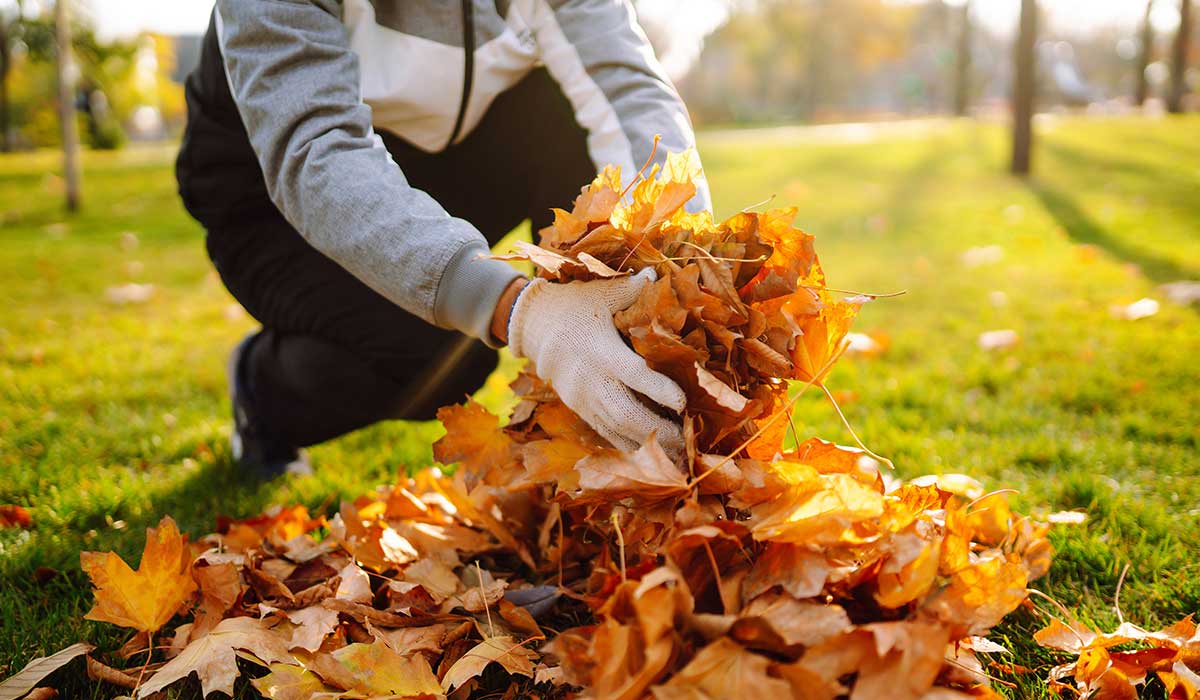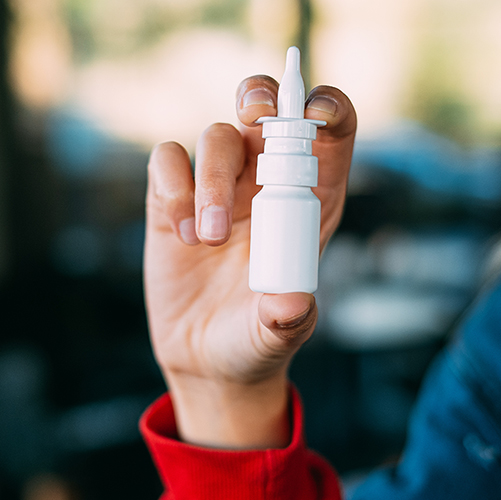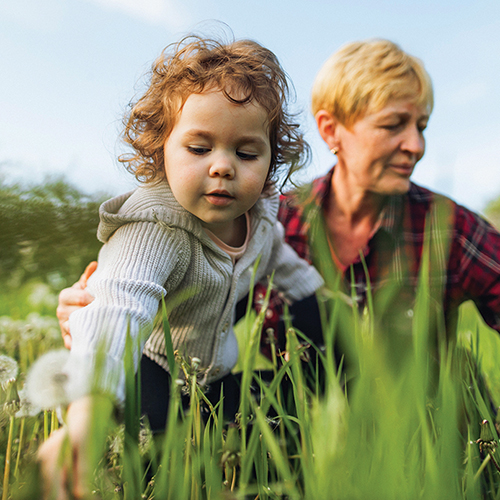September 2022
If you have spring and summer allergies, you might welcome the arrival of fall, but you aren’t necessarily immune to fall allergies just because fewer plants are blooming. Ragweed pollen, a common allergen, peaks in mid-September, and some fun fall activities can also act as hidden allergy and asthma triggers.
Here’s what you need to watch out for.
Raking leaves
Raking fall leaves can stir up mold and pollen, which can trigger allergy symptoms or an asthma attack. Try wearing an N95 mask while raking to filter out fine particles. You can also reduce mold exposure by raking your leaves when they’re dry and changing your clothes as soon as you get inside to avoid tracking allergens through the house.
Fall bonfires
Smoke from bonfires, grills, barbecues, and firepits can trigger an asthma attack. Combustion pollutants from gas-powered fires can also affect you. Sit this one out if you have asthma, or sit away from the fumes or smoke. The warm days and cooler nights that often inspire bonfires are also the conditions under which ragweed pollen thrives.
Hayrides and corn mazes
These fall traditions may be a source of allergens. Mold, ragweed pollen, and dust mites can get trapped in hay bales. Some people also experience an allergic reaction, such as hives or a rash, from touching the hay. Opt for hay-less carriage rides instead.
Apple picking
If you’re allergic to ragweed, you may have an oral allergy to eating fresh apples. That’s because a protein in apples mimics the protein in ragweed and birch tree pollen. Symptoms include an itchy mouth, scratchy throat, and swollen lips.


